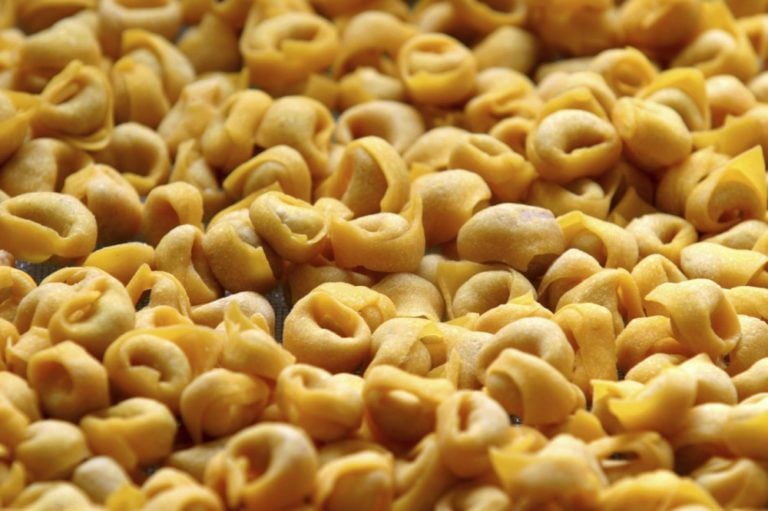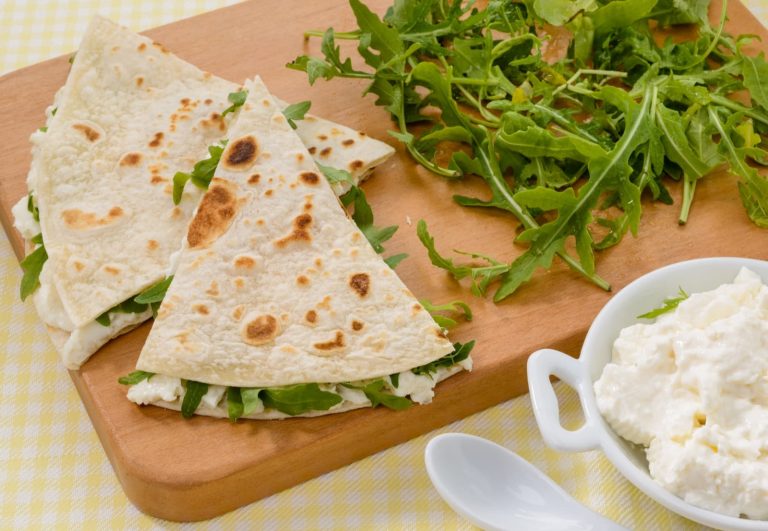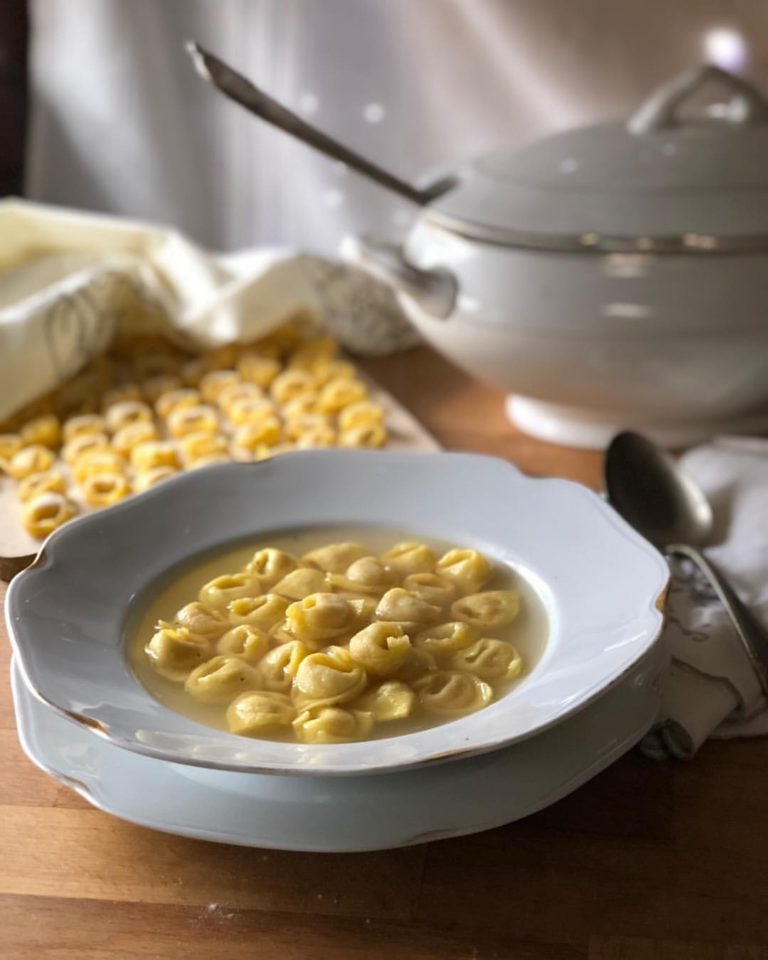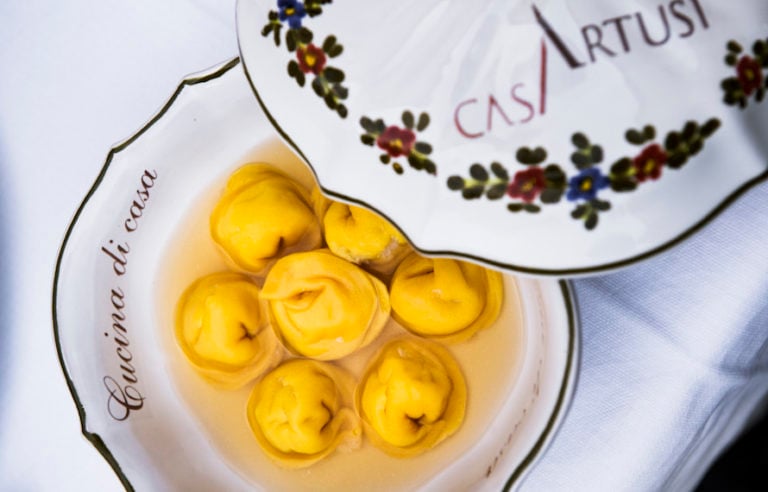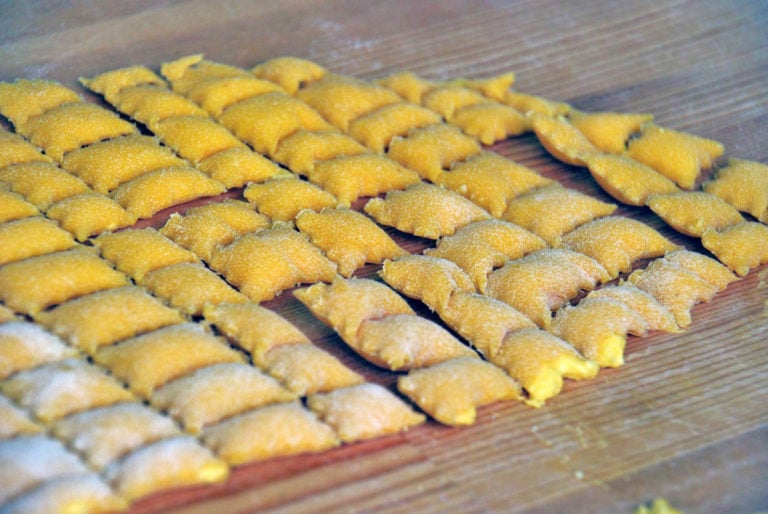If you find yourself in or around Modena and you order “tigelle”, hoping for some delicious little round flat breads, they might bring you terracotta disks instead!
Tigelle, strictly speaking, are the tool they used to bake these much-loved snacks –also known as crescentine, named after the crescendo of rising dough as they cook.
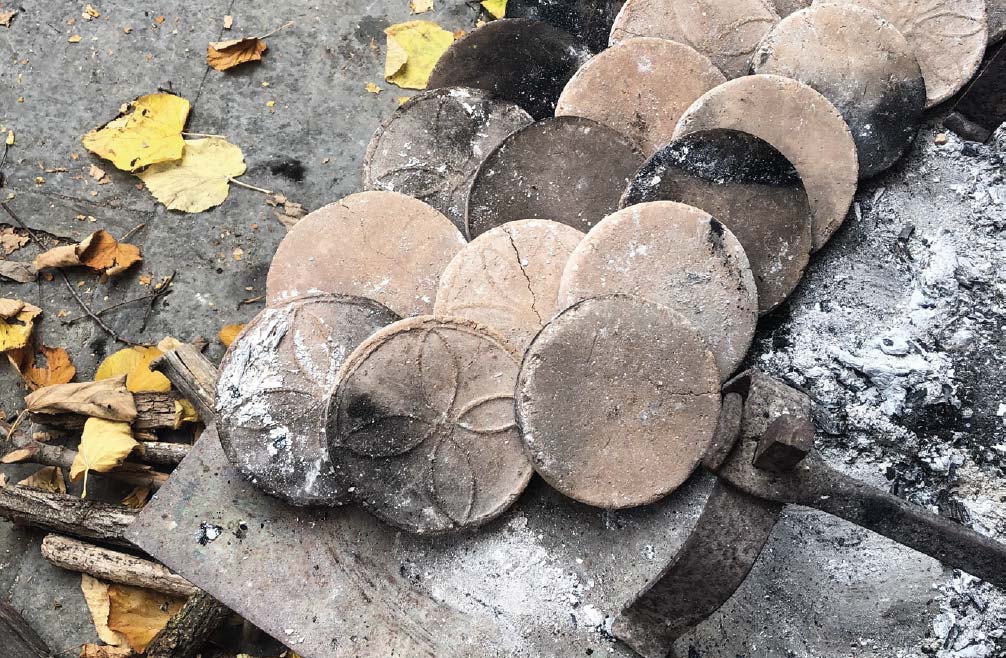
But let’s not get ahead of ourselves. Crescentine are a popular traditional food in the Modena Apennines, especially among the countryfolk, who ate them every day like regular bread. Crescentine were a humble staple made of flour, water and salt, prepared daily and brought to the labourers in the fields for lunch.
Simple, convenient and good to eat, they were also “exported” to neighbouring provinces, especially Bologna, where they became known as tigelle after the tool used to make them.
Here, crescentine are still on the menu at big holiday meals with family and friends. They are filled with charcuterie, cheese or – as tradition requires – lard pesto and a generous sprinkling of Parmigiano Reggiano cheese.
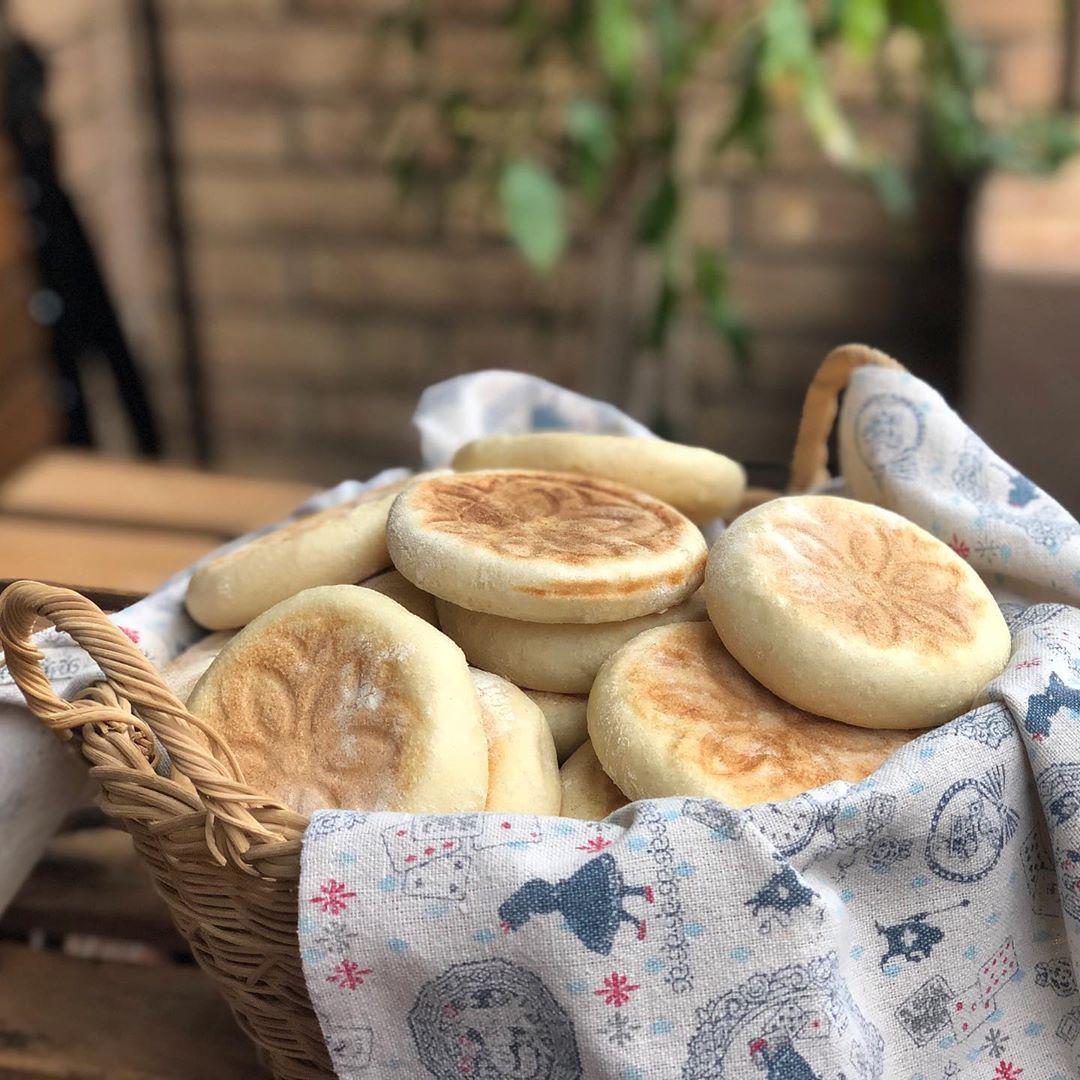
Recipe
Ingredients
According to the original recipe (taken from the project Storie di terra e di rezdore – Project for the recovery of Modena’s gastronomic culture), when crescentine were cooked in the fireplace with tigelle, the ingredients were only:
- 1.5 kg of 00 flour
- 300 ml of lukewarm water
- fine salt
Today, however, since electric hotplates or aluminium moulds are often used for baking, it is necessary to add a little yeast and a dash of milk to the dough.
Often, in more recent and “richer” recipes, a little lard or olive oil is also found among the ingredients.
We therefore recommend the ingredients in the VisitModena recipe:
- 500 g flour
- 3 tablespoons olive oil
- 150 ml milk
- 1 sachet of dry yeast or a cube of fresh brewer’s yeast
- sugar and fine salt to taste.
Method
Knead the ingredients and work them thoroughly with your hands until you obtain a smooth, even dough, which should be covered and left to rest.
After a couple of hours, the dough is ready – it should be elastic but not too wet – and the crescentine can be prepared.
Break off pieces of dough about the size of a small fist and work them with the palm of your hand until you obtain round balls, which should then be flattened to a height of about 1 cm using a rolling pin.
Note: some people, for ease, roll out all the dough with a rolling pin and then cut out discs with a pastry cutter or a glass, but this has nothing to do with the traditional method of preparing crescentine.
Cooking
Originally, crescentine were cooked using tigelle: clay disks about 10 cm in diameter, often decorated with a classic flower pattern.
The tigelle were piled up near the fire grate in an alternating sandwich of dough disks, which were often wrapped in chestnut leaves: tigella, crescentina, tigella, crescentina, tigella and so on.
As stoves became affordable, crescentine were often cooked on the hob. A flat iron filled with hot coals was placed on top to cook both sides evenly; once done, they were held near the heat to cook the edges too.
Now both these methods have been replaced by tigelliere – electrical devices with twin baking stones or 7-hole aluminium moulds, often featuring the traditional floral decoration.
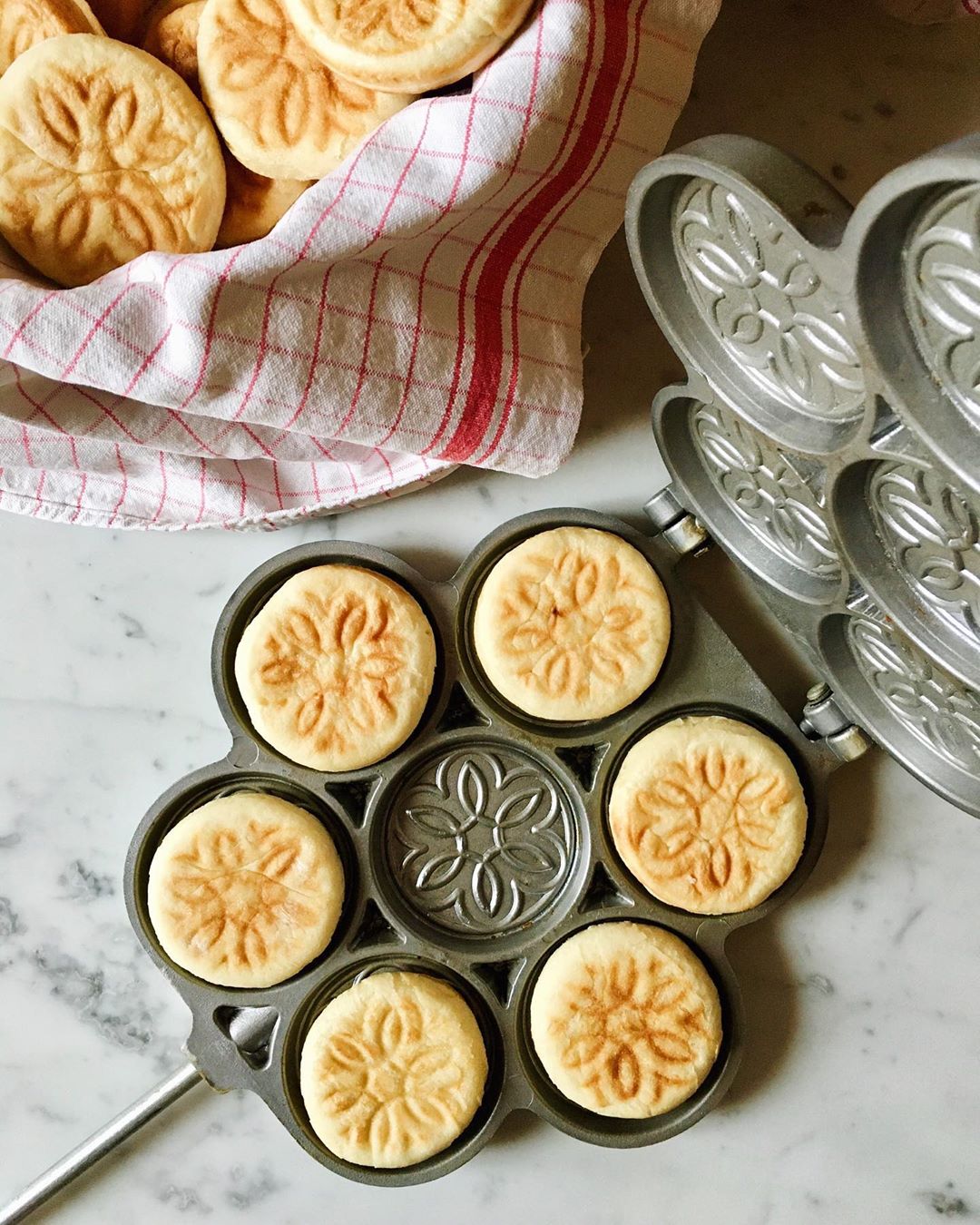
How to enjoy
These days, crescentine are eaten with all kinds of accompaniment: from classic ham to indulgent bacon via soft stracchino cheese or the kids’ favourite hazelnut spread.
But if you want to stay true to tradition and savour something unforgettable, you really must try Modena pesto: a dollop of lard with garlic and rosemary.
How to prepare Modena pesto:
250 g of finely chopped lard
2 cloves of garlic
2 sprigs of rosemary
Peel the garlic and chop into small pieces.
Wash the rosemary and pick the leaves off the twig.
Chop the garlic and rosemary very fine with a crescent-shaped mincing knife. Squash the mix now and then with the flat of the blade to get the garlic nice and fine.
Carefully mix in the lard, cover with cling film and place in the fridge until needed.
Place a teaspoon of lard in a boiling crescentina and cover with a sprinkling of grated Parmigiano Reggiano, close quickly so as not to disperse the heat and bite: your taste buds will thank you!
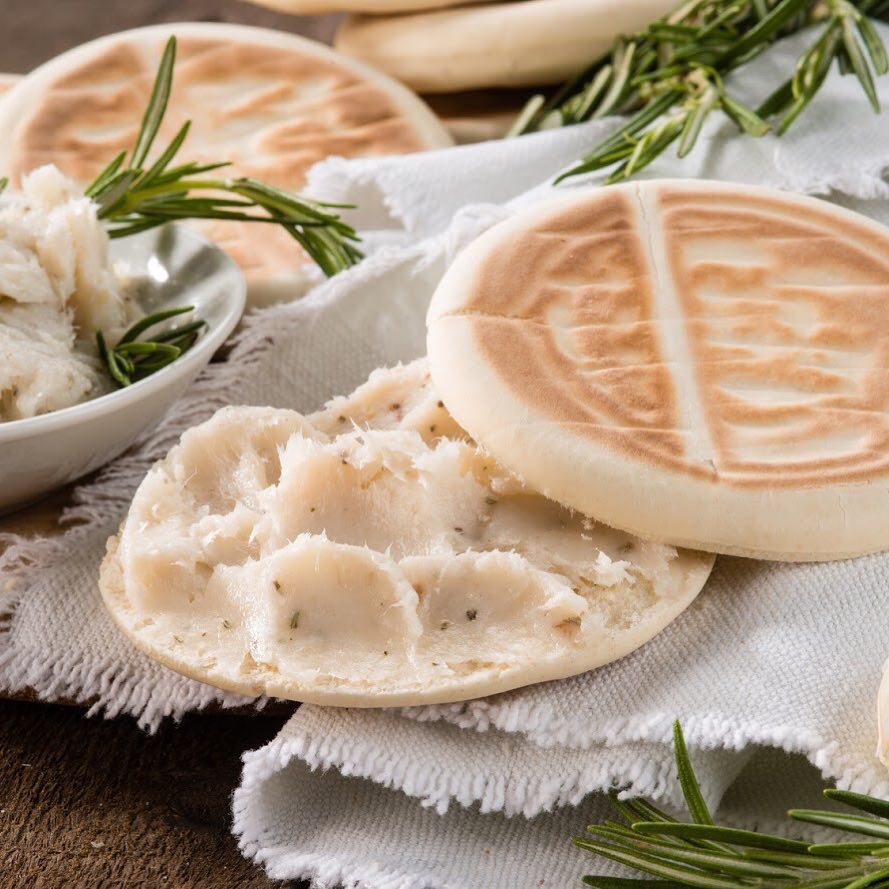
Author
You may also like
5 food experiences not to be missed in Emilia Romagna
by Elisa Mazzini /// September 6, 2016
Back to the origins of Piadina, Romagna’s best street food
by Walter Manni /// March 20, 2019
History and recipe of the Tortellino, king of Christmas (and beyond)
by Elisa Mazzini /// December 4, 2019

Interested in our newsletter?
Every first of the month, an email (in Italian) with selected contents and upcoming events.
La Spoja Lorda, un piatto della tradizione romagnola
by Davide Marino /// February 19, 2020
